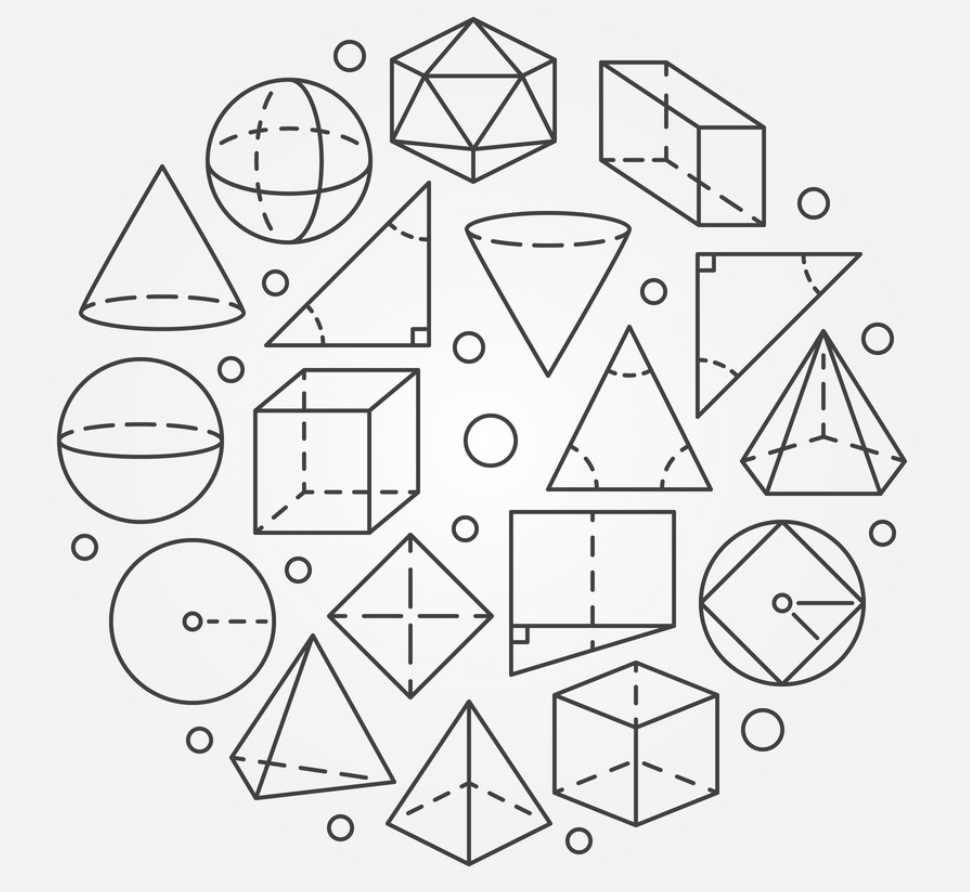Unit 12 Lesson 3 Inscribed Angles in a Circle
Unit 12 Lesson 3: Inscribed Angles in a Circle
Lesson Overview
Inscribed Angles
What You Will Learn
- find the measure of angles inscribed by arcs and formed by tangents and chords of circles
- finding the measurement of angles and angles

Overview
In this lesson, you will learn to find the measure of angles inscribed by arcs and formed by tangents and chords of circles. You will show your learning by finding the measurement of angles in circles.
Essential Understanding
Angles formed by intersecting lines have a special relationship to the arcs the intersecting lines intercept. In this lesson, you will study arcs formed by inscribed angles.
- Read Pages 509-516 in your course textbook.
This course is based on a textbook that is viewable by clicking on the textbook icon. Keep the textbook open while you go through the lesson so that you may refer to it throughout the lesson.
Lesson 3: Inscribed Angles in a Circle
Proceed to the Next Page
Prepare for Application
Instructions
You have now studied Inscribed Angles in a Circle. It is now time to demonstrate your learning.
Try the activities below on your own. You should be able to answer these before beginning the practice.
Create a journal post called 'Unit 2: Lesson 3 activities' and do these activities in your journal.
- In , what is ?
- What are , , , and ?
- What do you notice about the sum of the measures of the opposite angles in the quadrilateral in question 2?
In the diagram below, what is the measure of each numbered angle?
In the diagram at the right, is tangent to . what are the values of x and y?
- In question 1, an inscribed angle () and an angle formed by a tangent and chord () intercept the same arc. What is always true of these angles? Explain.



